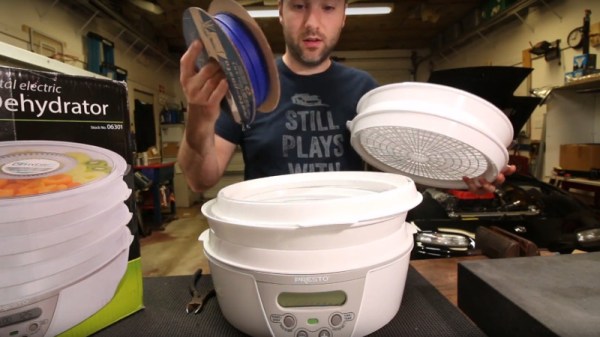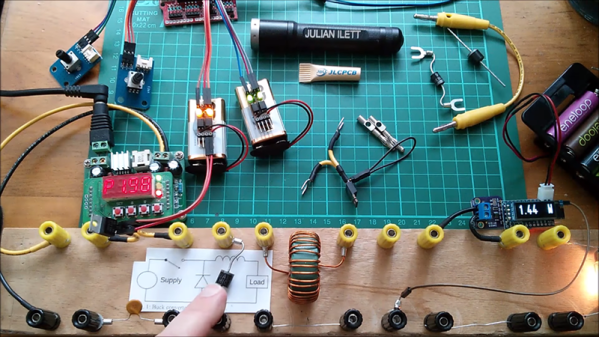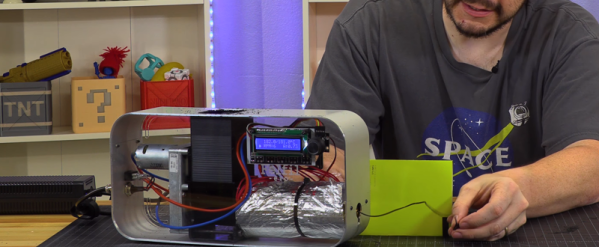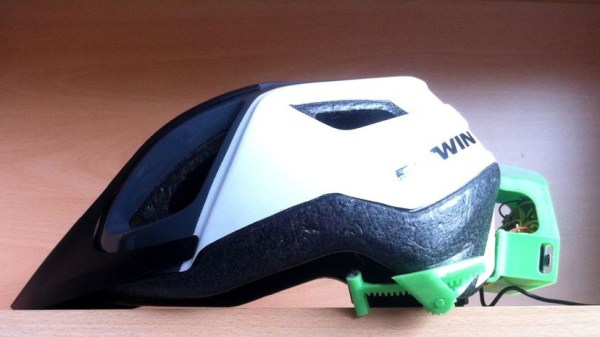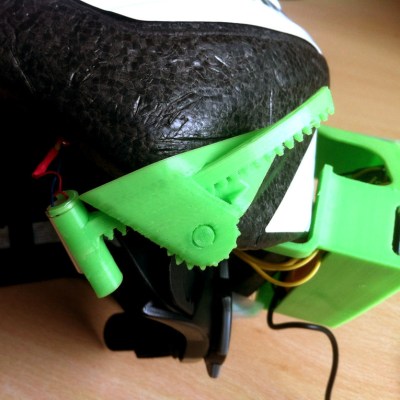The Sinclair ZX Spectrum was to most Brits the computer to own in the early 1980s, it might not have had all the hardware features of its more expensive competitors but it had the software library that they lacked. Games came out for the Spectrum first, and then other platforms got them later. If you didn’t have a rubber keyboard and a Sinclair logo, you were nothing in the playground circa 1984. That low price though meant that in true Sinclair tradition a number of corners had been cut in the little micro’s design. Most notably in its power supply, all the various rails required by the memory chips came from a rather insubstantial single-transistor oscillator that is probably the most common point of failure for these classic machines.
[Tynemouth Software] had an Issue 2 Spectrum with a missing -5V rail, and has detailed both the power supply circuit used on these machines and the process of faultfinding and repairing this one. A single transistor oscillator drives a little ferrite-spool transformer from which the various supplies are rectified and filtered. Similar circuits appear in multiple generations of Sinclair hardware, where we might nowadays use a little switching regulator chip.
We’re taken through the various stages of faultfinding this particular circuit, and the culprit is found to be a faulty Zener diode. It’s certainly not the last dead Spectrum that will cross an enthusiast’s bench, but at least in this case, the fault was less obtuse than they sometimes can be in this much-loved but sometimes frustrating machine.
Sinclair enthusiasts might also appreciate the great man’s earliest work.




